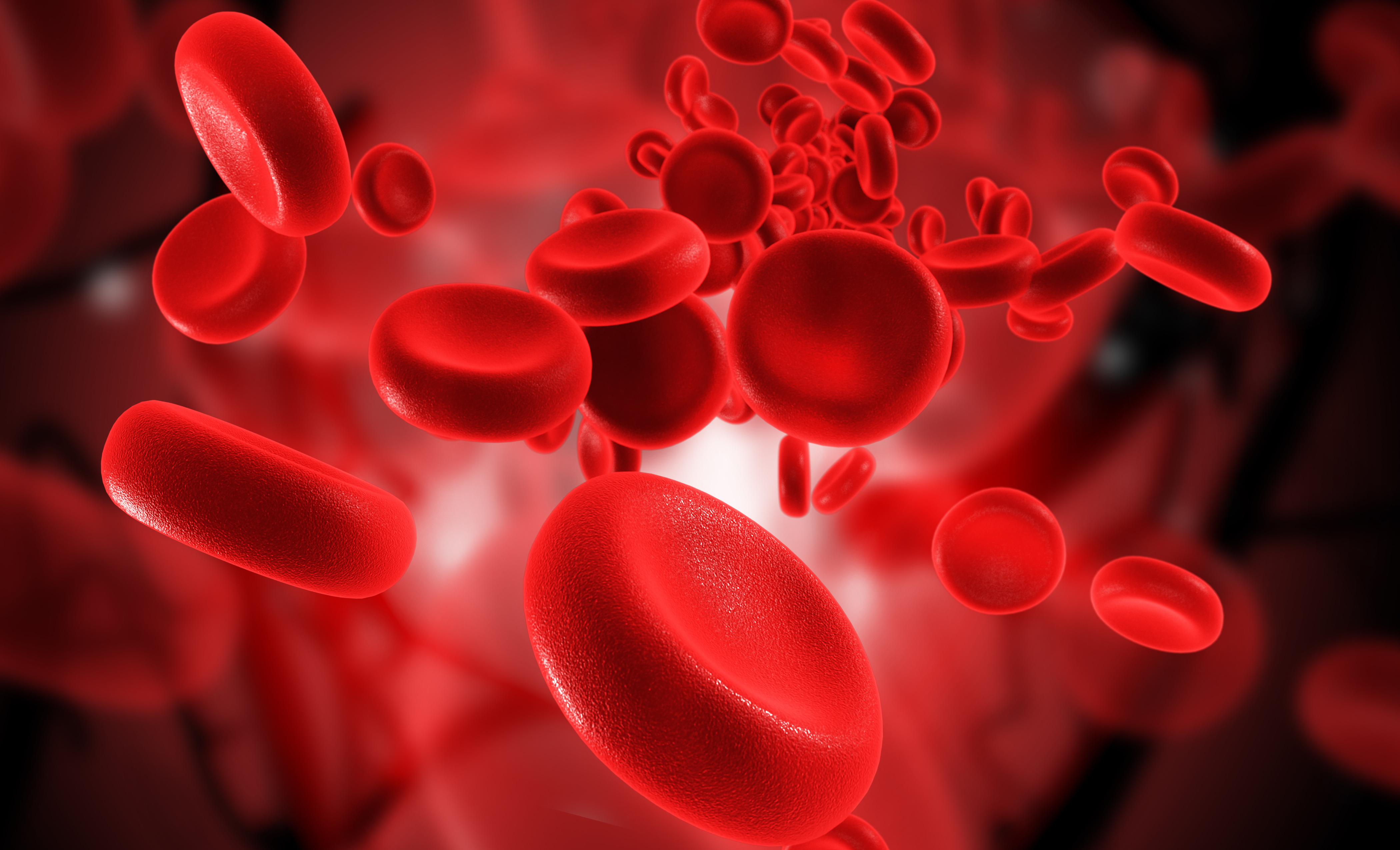 The fifth annual Apheresis Awareness Day is recognized on Tuesday, September 17, 2024, as designated by the American Society for Apheresis (ASFA). The purpose is to raise awareness of apheresis medicine and honor the many apheresis practitioners who have dedicated their lives to saving others by using evidence-based practice to advance apheresis medicine.
The fifth annual Apheresis Awareness Day is recognized on Tuesday, September 17, 2024, as designated by the American Society for Apheresis (ASFA). The purpose is to raise awareness of apheresis medicine and honor the many apheresis practitioners who have dedicated their lives to saving others by using evidence-based practice to advance apheresis medicine.
To better understand the role of apheresis in transfusion medicine, we asked Katayoun Fomani, M.D., an associate professor in the UAB Department of Pathology and program director of the Transfusion Medicine Fellowship, to explain its significance.
“The Transfusion Medicine Service in the Department of Pathology performs therapeutic apheresis on patients who have an illness associated with an abnormal cellular or plasma-based blood component. The abnormal parts of the blood are isolated and removed, then the normal components of the patient’s blood are returned to the patients. The procedures can be done as inpatient or outpatient, depending on the disease and the patient’s conditions.”
Examples of apheresis protocols include:
- Red blood cell exchange: Removes and replaces a patient's red blood cells
- Hematopoietic stem cell harvest: Collects hematopoietic stem cells
- Plasma Exchange: Removes plasma and replaces it with donor plasma or albumin
- White blood cell reduction: Reduces the number of white blood cells in a patient's blood
- Platelet reduction: Reduces the number of platelets in a patient's blood
- Extracorporeal photopheresis: A procedure in which blood is removed from the body and treated with ultraviolet light and drugs that become active when exposed to light. The blood is then returned to the body. It is being studied in the treatment of some blood and bone marrow diseases, transplant rejection, and graft-vs-host disease (GVHD).
“During therapeutic apheresis, the patient’s blood is passed through the apheresis machine that separates out abnormal components and returns the remaining Red blood cells components to the patient. The procedure can take one to six hours. In some cases, the abnormal components can be manipulated and cycled back into the patient, turning them into soldier cells to fight disease.”
Red blood cells components to the patient. The procedure can take one to six hours. In some cases, the abnormal components can be manipulated and cycled back into the patient, turning them into soldier cells to fight disease.”
Common conditions that may be treated with therapeutic apheresis are:
Sickle cell disease
In this genetic condition, red blood cells are shaped abnormally (like sickles) and can’t carry oxygen through the body effectively. If they develop a sickle cell crisis, their sickled red blood cells can be removed and replaced with healthy cells from a blood donor.
Myasthenia gravis
In this condition, an abnormal antibody in the plasma interferes with the communication between nerves and muscles. With apheresis, plasma can be separated and removed from the patient’s blood and replaced with human albumin.
Thrombotic thrombocytopenic purpura (TTP)
This rare blood disorder causes platelet clumps to form throughout the body due to a lack of a needed blood enzyme. The most effective treatment is to remove plasma, followed by replacement with normal donor plasma, which contains the needed enzyme.
Stem cell transplants
Stem cells, immature cells that develop in the bone marrow, can grow into red blood cells, white blood cells, or platelets. In patients with some types of cancers of the blood, such as leukemia and lymphoma, those stem cells can be harvested from the patient by apheresis and then returned after the patient has gone through chemotherapy or other treatments.
“We want to bring further awareness to apheresis in transfusion medicine because its impact is typically behind the scenes. This therapeutic strategy is saving lives here at UAB!”